Zhangxin Chen9780898716061, 0898716063
Table of contents :
cover.jpg……Page 1
Front Matter……Page 2
Preface……Page 5
Table of Contents……Page 0
List of Figures……Page 8
List of Tables……Page 15
Table of Contents……Page 18
1.1 Petroleum Reservoir Simulation……Page 29
1.2 Numerical Methods……Page 30
1.3 Linear System Solvers……Page 31
1.4 Solution Schemes……Page 32
1.6 Ground Water Flow Modeling……Page 33
1.8 Units……Page 34
2.1 Introduction……Page 37
2.2.1 Single Phase Flow in a Porous Medium……Page 38
2.2.2 General Equations for Single Phase Flow……Page 41
2.2.3 Equations for Slightly Compressible Flow and Rock……Page 43
2.2.4 Equations for Gas Flow……Page 44
2.2.5 Single Phase Flow in a Deformable Medium……Page 45
2.2.6 Single Phase Flow in a Fractured Medium……Page 46
2.2.7 Non-Darcy’s Law……Page 48
2.2.9 Boundary Conditions……Page 49
2.3.1 Basic Equations……Page 50
2.3.2 Alternative Differential Equations……Page 51
2.3.3 Boundary Conditions……Page 55
2.4 Transport of a Component in a Fluid Phase……Page 57
2.5 Transport of Multicomponents in a Fluid Phase……Page 58
2.6 The Black Oil Model……Page 59
2.7 A Volatile Oil Model……Page 62
2.8 Compositional Flow……Page 63
2.9 Nonisothermal Flow……Page 65
2.10 Chemical Compositional Flow……Page 68
2.11 Flows in Fractured Porous Media……Page 70
2.11.1 Dual Porosity/Permeability Models……Page 71
2.11.2 Dual Porosity Models……Page 72
2.12 Concluding Remarks……Page 74
Exercises……Page 75
3.1.1 Capillary Pressures……Page 78
3.1.2 Relative Permeabilities……Page 80
3.2 Fluid Properties……Page 84
3.2.1 Water PVT Properties……Page 85
3.2.2 Oil PVT Properties……Page 87
3.2.3 Gas PVT Properties……Page 91
3.2.5 Equations of State……Page 94
3.3.1 Rock Properties……Page 97
3.3.2 Fluid Properties……Page 98
Exercises……Page 99
4. Numerical Methods……Page 102
4.1.1 First Difference Quotients……Page 103
4.1.2 Second Difference Quotients……Page 105
4.1.3 Grid Systems……Page 106
4.1.4 Treatment of Boundary Conditions……Page 107
4.1.5 Finite Differences for Stationary Problems……Page 110
4.1.6 Finite Differences for Parabolic Problems……Page 111
4.1.7 Consistency, Stability, and Convergence……Page 113
4.1.8 Finite Differences for Hyperbolic Problems……Page 116
4.1.9 Grid Orientation Effects……Page 120
4.2.1 Finite Element Methods for Stationary Problems……Page 121
4.2.2 General Domains……Page 144
4.2.3 Quadrature Rules……Page 147
4.2.4 Finite element methods for transient problems……Page 148
4.3.1 The Basic CVFE……Page 155
4.3.2 Positive Transmissibilities……Page 158
4.3.3 The CVFE Grid Construction……Page 159
4.3.4 The Upstream Weighted CVFE……Page 160
4.3.5 Control Volume Function Approximation Methods……Page 163
4.3.6 Reduction of Grid Orientation Effects……Page 168
4.4 Discontinuous Finite Element Methods……Page 169
4.4.1 DG Methods……Page 170
4.4.2 Stabilized DG Methods……Page 174
4.5 Mixed Finite Element Methods……Page 175
4.5.1 A One-dimensional Model Problem……Page 176
4.5.2 A Two-dimensional Model Problem……Page 180
4.5.3 Extension to Boundary Conditions of Other Kinds……Page 183
4.5.4 Mixed Finite Element Spaces……Page 185
4.5.5 Approximation Properties……Page 197
4.6 Characteristic Finite Element Methods……Page 198
4.6.1 The Modified Method of Characteristics……Page 199
4.6.2 The Eulerian-Lagrangian Localized Adjoint Method……Page 205
4.7 Adaptive Finite Element Methods……Page 209
4.7.1 Local Grid Refinement in Space……Page 210
4.7.3 A Posteriori Error Estimates……Page 214
4.7.4 The Eighth SPE Project: Gridding Techniques……Page 220
Exercises……Page 225
5.1 Tridiagonal Systems……Page 233
5.2 Gaussian Elimination……Page 236
5.3 Ordering of the Nodes……Page 241
5.4 CG……Page 243
5.5 GMRES……Page 246
5.6 ORTHOMIN……Page 249
5.7 BiCGSTAB……Page 250
5.8.1 Preconditioned CG……Page 252
5.8.2 Preconditioned GMRES……Page 253
5.9 Preconditioners……Page 256
5.9.2 ILU(l)……Page 258
5.9.3 ILUT……Page 261
5.10 Practical Considerations……Page 262
5.10.1 Decoupling Preconditioners……Page 263
5.10.4 Choice of Initial Solutions……Page 264
5.11 Concluding Remarks and Comparisons……Page 265
Exercises……Page 271
6.1 Basic Differential Equations……Page 273
6.2.1 An Analytic Solution……Page 274
6.2.2 Numerical Comparisons……Page 277
6.3 Finite Element Methods for Single Phase Flow……Page 278
6.3.2 Implicit Time Approximations……Page 281
6.3.3 Explicit Time Approximations……Page 283
Exercises……Page 284
7.1 Basic Differential Equations……Page 285
7.2.1 An Analytic Solution……Page 286
7.2.2 An Example……Page 289
7.3.1 Classical IMPES……Page 291
7.3.2 The Seventh SPE Project: Horizontal Well Modeling……Page 293
7.3.3 Improved IMPES……Page 296
7.4.2 Weighted Formulation……Page 300
7.4.4 Numerical Comparisons……Page 301
7.5.1 Mixed Finite Element Methods……Page 303
7.5.2 CVFE Methods……Page 304
7.5.3 Characteristic Finite Element Methods……Page 305
7.5.4 Comparison between Numerical Methods……Page 306
Exercises……Page 307
8.1.1 The Basic Equations……Page 309
8.1.3 Fluid Properties……Page 312
8.1.4 Phase States……Page 313
8.2.1 The Newton-Raphson Method……Page 314
8.2.2 The SS Technique……Page 315
8.2.3 The Sequential Technique……Page 325
8.2.4 Iterative IMPES……Page 333
8.2.5 Well Coupling……Page 337
8.2.6 The Adaptive Implicit and Other Techniques……Page 339
8.3.1 An Undersaturated Reservoir……Page 340
8.3.2 A Saturated Reservoir……Page 345
8.3.3 The Ninth SPE Project: Black Oil Simulation……Page 350
8.3.4 Remarks on Numerical Experiments……Page 356
8.4 The Second SPE Project: Coning Problems……Page 357
Exercises……Page 366
9.1.1 The Basic Equations……Page 372
9.1.2 Equations of State……Page 374
9.2.1 Choice of Primary Variables……Page 376
9.2.2 Iterative IMPES……Page 378
9.3.1 Successive Substitution Method……Page 383
9.3.2 Newton-Raphson’s Flash Calculation……Page 384
9.3.3 Derivatives of Fugacity Coefficients……Page 385
9.3.4 Solution of Peng-Robinson’s Cubic Equation……Page 386
9.3.5 Practical Considerations……Page 388
9.4 The Third SPE Project: Compositional Flow……Page 389
9.4.1 PVT Phase Behavior Study……Page 394
9.4.2 Reservoir Simulation Study……Page 400
9.4.3 Computational Remarks……Page 403
Exercises……Page 404
10.1 Basic Differential Equations……Page 406
10.1.1 The Basic Equations……Page 407
10.1.2 Rock Properties……Page 409
10.1.3 Fluid Properties……Page 410
10.2 Solution Techniques……Page 411
10.2.1 Choice of Primary Variables……Page 412
10.2.2 The SS Technique……Page 413
10.3 The Fourth SPE Project: Steam Injection……Page 418
10.3.1 The First Problem……Page 419
10.3.2 The Second Problem……Page 420
Exercises……Page 422
11. Chemical Flooding……Page 423
11.1 Basic Differential Equations……Page 424
11.2 Surfactant Flooding……Page 427
11.2.2 Binodal Curves……Page 428
11.2.3 Tie Lines for Two Phases……Page 429
11.2.6 Interfacial Tension……Page 430
11.2.8 Trapping Numbers……Page 431
11.3 Alkaline Flooding……Page 432
11.3.2 Mathematical Formulations of Reaction Equilibria……Page 433
11.4.1 Viscosity……Page 435
11.4.3 Inaccessible Pore Volume……Page 436
11.5.3 Critical Capillary Force……Page 437
11.5.6 Gas Velocity Effects……Page 438
11.6.1 Adsorption……Page 439
11.6.3 Phase Viscosities……Page 440
11.6.4 Cation Exchange……Page 441
11.8 Numerical Results……Page 442
11.8.1 Example 1……Page 443
11.8.2 Example 2……Page 445
11.8.3 Example 3……Page 446
11.9.1 Background……Page 450
11.9.2 The Numerical Model……Page 451
11.9.3 Numerical History Matching……Page 452
11.9.5 Assessment of Different Development Methods……Page 455
Exercises……Page 456
12. Flows in Fractured Porous Media……Page 457
12.1.1 Dual Porosity/Permeability Models……Page 458
12.1.2 Dual Porosity Models……Page 460
12.2 The Sixth SPE Project: Dual Porosity Simulation……Page 462
Exercises……Page 467
13.1 Analytical Formulas……Page 468
13.2.1 Square Grids……Page 470
13.2.2 Extensions……Page 471
13.3.1 Triangular Finite Elements……Page 473
13.3.2 Rectangular Finite Elements……Page 475
13.4.2 Horizontal Wells……Page 476
13.4.3 Treatment of Faults……Page 477
13.4.4 Corner Point Techniques……Page 479
13.5.2 Triangular Mixed Spaces……Page 480
13.6 Well Constraints……Page 482
13.7 The Seventh SPE Project: Horizontal Well Modeling……Page 483
Exercises……Page 498
14.1.1 Single Phase Flow……Page 499
14.1.3 Limitations in Upscaling……Page 500
14.2 History Matching……Page 501
14.3.1 Domain Decomposition……Page 502
14.3.3 Data Communication……Page 503
14.4 Oil Recovery Optimization……Page 504
14.5.1 Hydraulic Models of Flow Devices……Page 505
14.5.2 Models of Links and Nodes……Page 506
14.6 Bibliographical Remarks……Page 507
15.1 English Abbreviations……Page 508
15.4 English Symbols……Page 509
15.5 Greek Symbols……Page 513
15.6 Generic Symbols Used in Chapters 4 and 5……Page 515
16.1 Unit Abbreviations……Page 520
16.2 Unit Conversions……Page 521
16.3 SI and Other Metric Systems……Page 523
Bibliography……Page 524
A……Page 543
B……Page 544
C……Page 545
D……Page 548
E……Page 549
F……Page 551
G……Page 552
H……Page 553
I……Page 554
K……Page 555
L……Page 556
M……Page 557
N……Page 558
O……Page 559
P……Page 560
R……Page 562
S……Page 563
T……Page 566
U……Page 567
W……Page 568
Y……Page 569
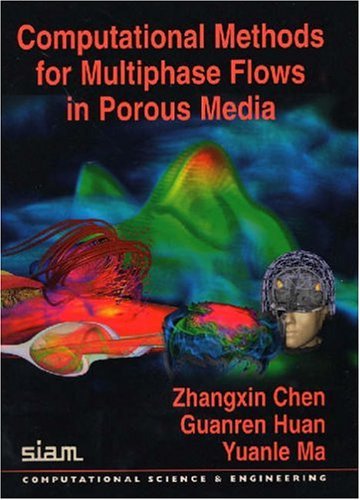

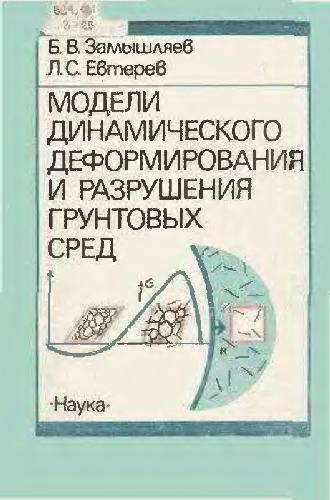
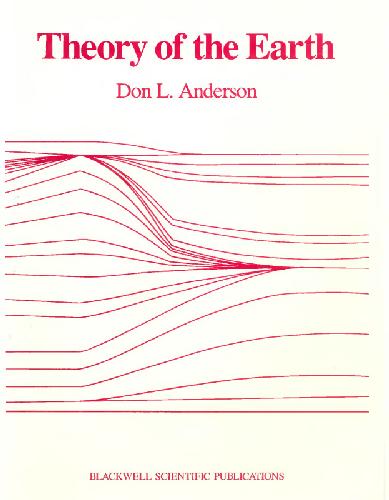
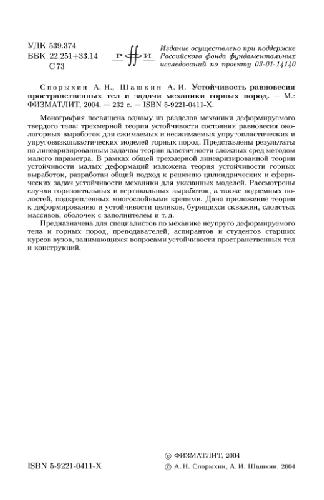

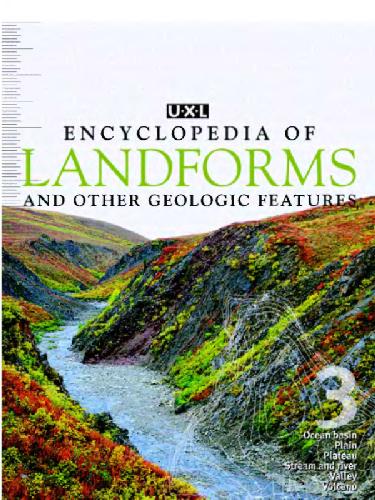
Reviews
There are no reviews yet.